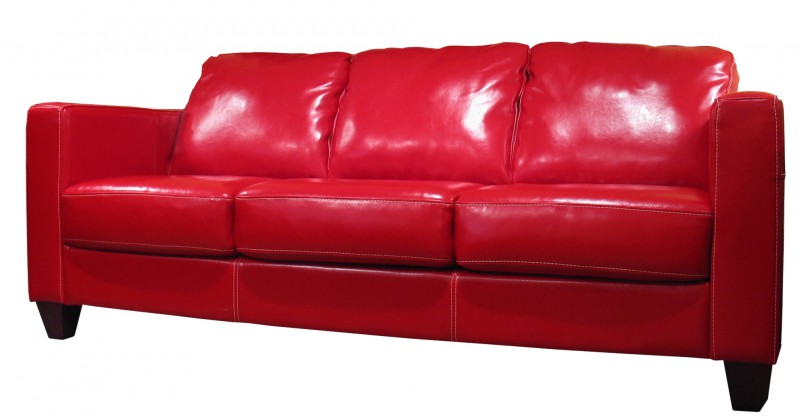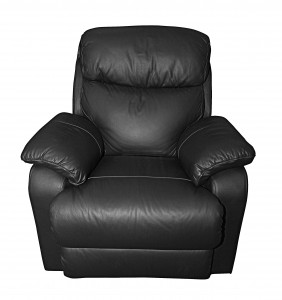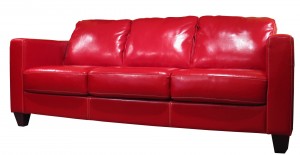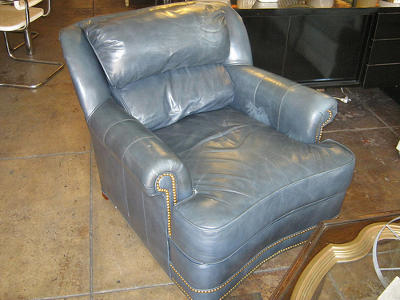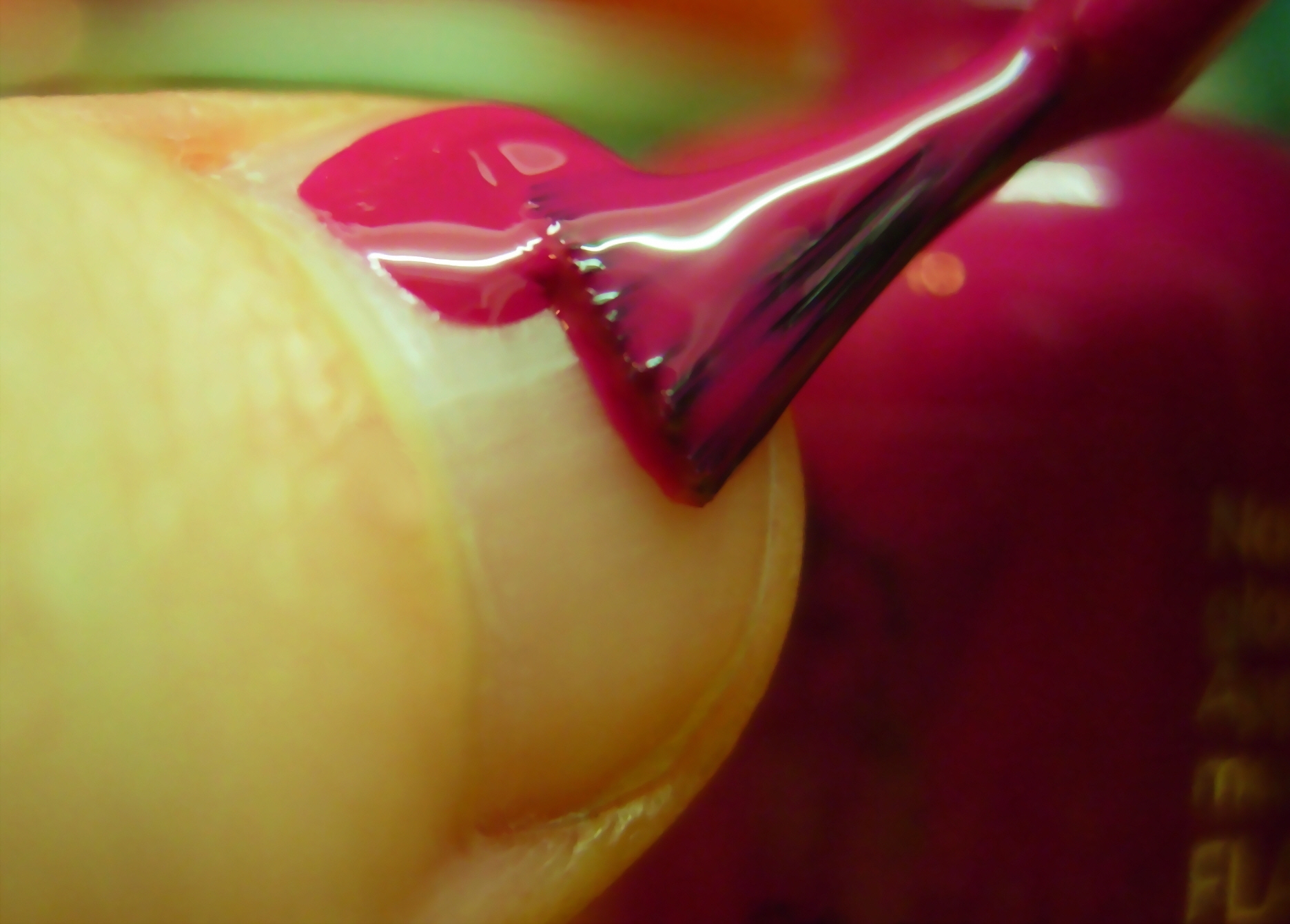Leather furniture is the most comfortable and relaxing type of furniture known to man. The smooth finish and unique texture make it look and feel like no other. However, a good leather stain remover will eventually be required to clean this beautiful fabric. The natural oils in leather will evaporate if the chair, couch, or loveseat is not used very often. Even though the oil is natural it will need to be replenished periodically to stay soft. Just pick up some leather stain protector that also has lotion in it to keep the leather nice and fresh.
It’s important to begin by identifying what type of leather furniture you’re working with. Using the wrong type of cleaner on your leather will only make the stain worse, much worse. It is HIGHLY RECOMMENDED that you test a very small portion of the leather with your cleaner first if you aren’t sure. NuBuck and Suede leather require a different type of stain remover and protector, so please be careful!
Skip To:
How to Remove the Stain
Removing an Oil Stain from Leather
Removing a Water Stain from Leather
Is it NuBuck or Suede Leather?
Suede leather has rough textures on both sides giving it a very distinctive look. It’s usually cheaper because of its thinness and tends to last longer than normal leather. However, when stains need to be removed from this type of leather it can prove to be almost impossible. Preparing the leather with a protector first is a much better strategy than trying to remove a stain later. Never wash oil and grease stains with water as it will only make the stain spread. Body oil, ink stains and grease stains cause the most severe damage to this material.
A good NuBuck or Suede leather conditioner may get the stain out, but it’s not likely because this type of leather is so complex. After applying the conditioner use something like the Kiwi Suede & Nubuck leather stain protector to repel water and stains and keep your leather looking new.
How to Remove the Stain
Try to get to the stain while it’s new before letting it soak in! The longer the stain has to soak the harder it will be to remove. Anything longer that sits longer than 3 hours is likely to be there forever.
If you’ve got the stain while it’s fresh try to find a very soft cloth like a micro fiber cloth. Just like refinishing furniture, find what way the leather “grain” is going. Rubbing in the direction of the “grain” is a very good idea. If you can’t find it simply start rubbing from the edges of the stain and work your way in. It isn’t wise to rub in a circular fashion so just rub up and down until you make it to the middle.
Removing an Oil Stain from Leather
One of the best ways to remove greasy oil stains placed by food, skin, and hair is by pouring a large amount of talcum powder on it and letting it sit for a couple of hours. Talcum powder is a great leather stain remover but has recently been accused of causing cancer. Another substance that can be used is corn starch. It’s said to work just as good but may be safer than the talcum.
Once it is placed on the oil rub it with your fingers until they begin getting hot. Clean up the starch or powder with a vacuum and continue this process until the stain is removed. If you have patience you can beat it before it beats you!
Removing a Water Stain from Leather
Removing a water stain from leather furniture is simple if you catch it early enough. The longer you let it sit the more wrinkles the leathers going to have. Get a soft cloth and lay it out over the water puddle. You want to try and lightly remove the water all at one time. You can try to add some leather stain remover on the leather afterwards, but chances are if the water has been sitting for a while it’s going to be ruined.
Leather stain removers and leather stain protectors come in sprays, markers and lotions. I recommend a lotion protector that can replenish oils as well. This will repel grease and water while allowing you leather to breathe new life.
A marker is better for travel because it’s small and easy to pack. A spray may be better for leather furniture and could easily be stored nearby in a cabinet or pantry. Storing a few emergency sprays around the house is a good idea for much needed fast access.
